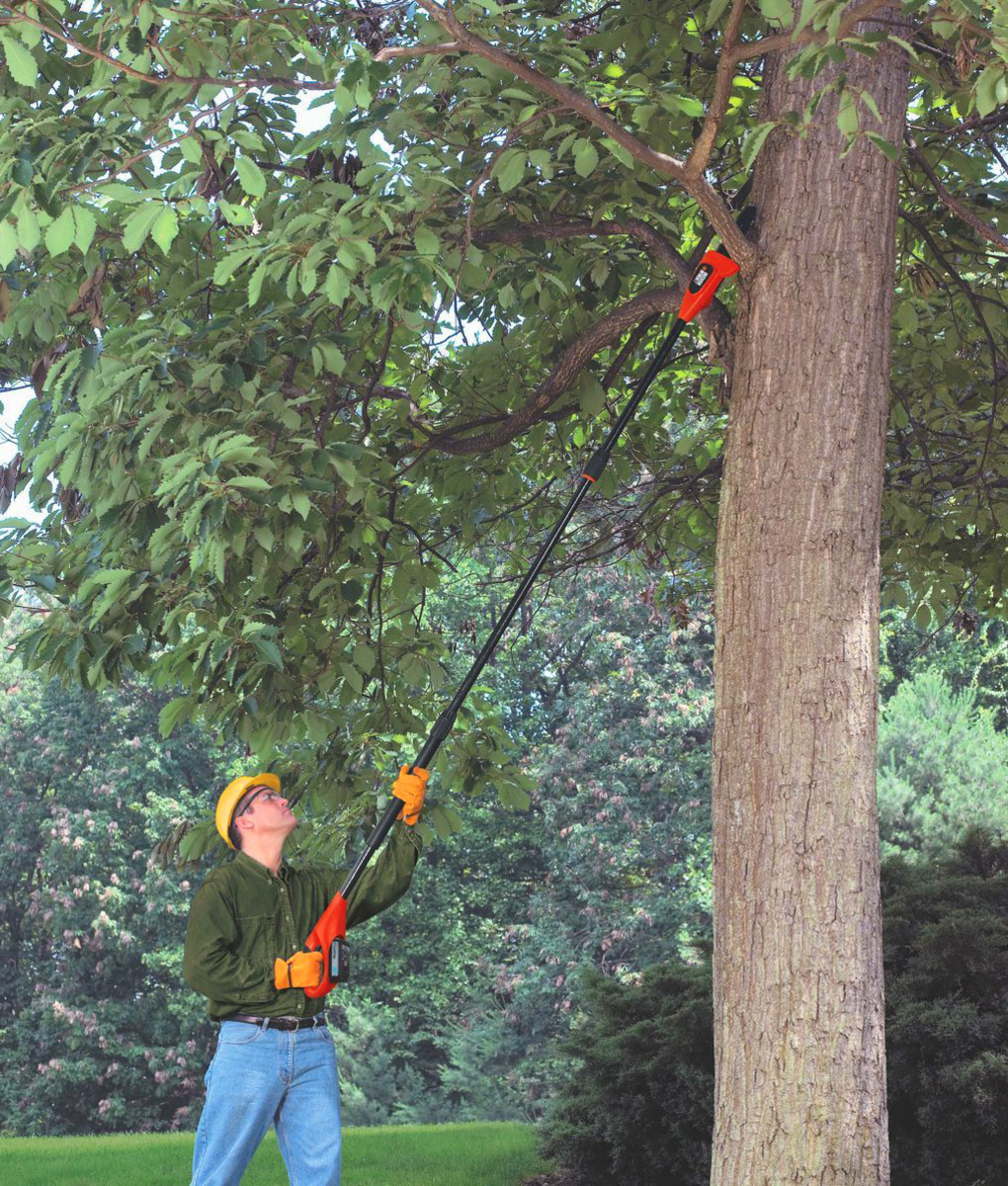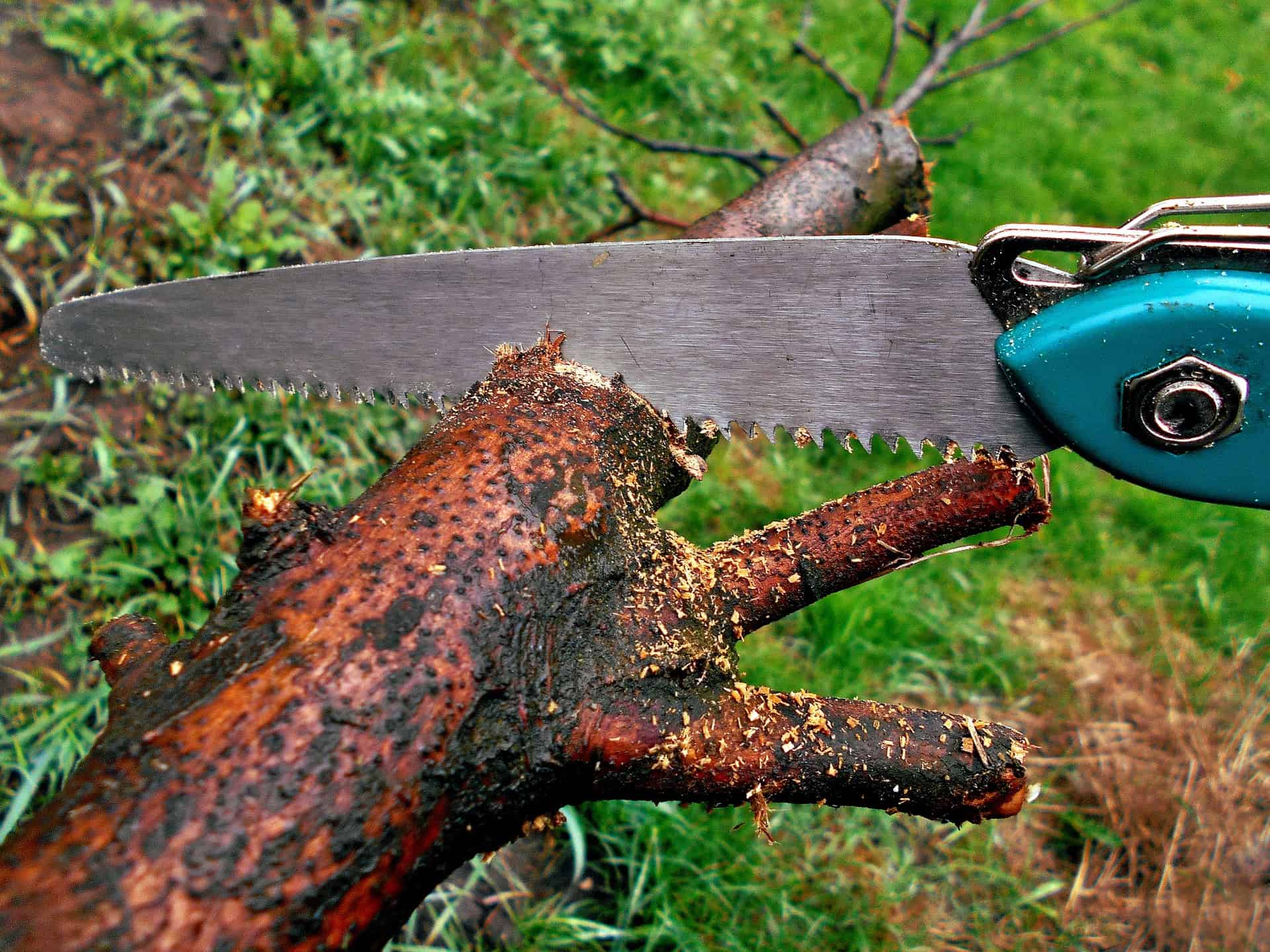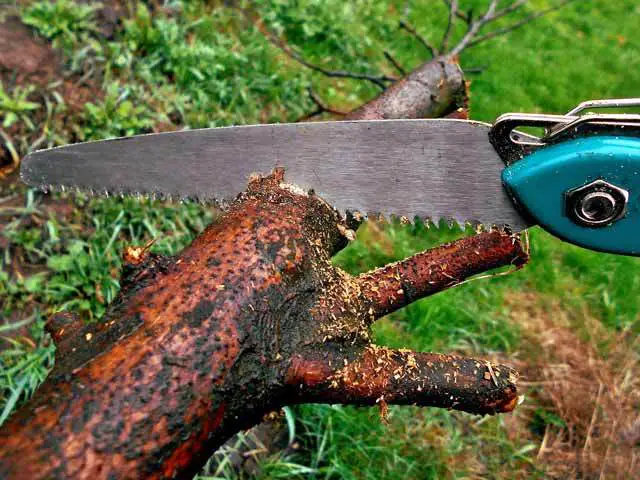Why the Right Saw Matters: Safety and Efficiency in Tree Cutting
When it comes to cutting trees, having the right saw is crucial for both safety and efficiency. Using the wrong saw can lead to accidents, injuries, and wasted time. In fact, according to the Occupational Safety and Health Administration (OSHA), improper use of chainsaws is a leading cause of logging fatalities. Moreover, a saw that is not suited for the task at hand can result in reduced productivity, increased fatigue, and a higher risk of equipment damage. On the other hand, the best saw for cutting trees can make all the difference, providing a safer, more efficient, and more enjoyable experience. With so many options available, it’s essential to understand what to look for in a saw and how to choose the right one for your specific needs. By selecting the best saw for cutting trees, you can ensure a successful and safe tree felling experience.
Understanding Tree Cutting Techniques: A Guide to Selecting the Best Saw
Tree cutting techniques vary depending on the task at hand, and each technique requires a specific saw feature or characteristic. Bucking, for instance, involves cutting a felled tree into manageable logs, and it demands a saw with a powerful engine and a long bar length to handle the thick trunks. Limbing, on the other hand, involves removing branches from a felled tree, and it requires a saw with a shorter bar length and a more agile design for precision cutting. Felling, the process of cutting down a standing tree, demands a saw with a robust engine and a long bar length to handle the thick trunks and withstand the rigors of cutting through dense wood. By understanding the specific requirements of each tree cutting technique, you can choose the best saw for cutting trees that meets your needs. For example, if you’re primarily involved in bucking, you may want to consider a saw with a high-powered engine and a long bar length, such as the Husqvarna 390 XP. By selecting the right saw for the job, you can ensure a safer, more efficient, and more productive tree cutting experience.
How to Choose the Best Saw for Cutting Trees: Top Considerations
When selecting the best saw for cutting trees, there are several key factors to consider. One of the most critical decisions is the power source: gas-powered, electric, or battery-powered. Gas-powered saws offer high power and versatility, but they can be heavy and require regular maintenance. Electric saws, on the other hand, are lighter and more environmentally friendly, but they may lack the power and range of gas-powered saws. Battery-powered saws offer a convenient and portable option, but they may have limited runtime and power. Another crucial consideration is the blade type and material. Carbide-tipped blades, for example, offer superior cutting performance and durability, while low-carbon steel blades may be more prone to wear and tear. The weight and ergonomics of the saw are also essential factors, as they can impact user comfort and fatigue during extended use. By carefully considering these top factors, you can choose the best saw for cutting trees that meets your specific needs and preferences, ensuring a safer, more efficient, and more productive tree cutting experience.
Top-Rated Saws for Cutting Trees: Husqvarna, Stihl, and More
When it comes to choosing the best saw for cutting trees, there are several top-rated options to consider. The Husqvarna 390 XP, for example, is a high-performance gas-powered saw designed for heavy-duty cutting. It features a powerful 3.9 horsepower engine and a 20-inch bar length, making it ideal for felling and bucking large trees. The Stihl MS 462, on the other hand, is a high-end gas-powered saw designed for professional arborists. It features a 4.5 horsepower engine and a 25-inch bar length, making it suitable for demanding tree cutting tasks. Other top-rated saws for cutting trees include the Echo CS-590, the Makita EA4301F45B, and the Poulan Pro PP5020AV. When selecting the best saw for cutting trees, it’s essential to consider factors such as power source, blade type, and weight, as well as the specific features and characteristics required for your tree cutting needs. By choosing a top-rated saw, you can ensure a safer, more efficient, and more productive tree cutting experience. Whether you’re a professional arborist or a DIY enthusiast, finding the best saw for cutting trees is crucial for achieving your goals.
The Role of Blade Type and Material in Cutting Tree Efficiency
When it comes to choosing the best saw for cutting trees, the type and material of the blade play a crucial role in determining the saw’s performance and efficiency. Carbide-tipped blades, for example, are designed to provide superior cutting performance and durability. They are ideal for cutting through hardwoods and other dense materials, and are less prone to wear and tear. On the other hand, low-carbon steel blades are more susceptible to wear and tear, and may require more frequent sharpening. However, they are often less expensive than carbide-tipped blades and can still provide adequate cutting performance for smaller trees and softer woods. Other blade types, such as diamond-coated blades, are designed for specific cutting tasks, such as cutting through concrete or metal. By selecting the right blade type and material for your tree cutting needs, you can ensure a more efficient and productive cutting experience. Whether you’re a professional arborist or a DIY enthusiast, choosing the best saw for cutting trees requires careful consideration of the blade’s features and characteristics.
Electric vs. Gas-Powered Saws: Which is Best for Cutting Trees?
When it comes to choosing the best saw for cutting trees, one of the most important decisions is whether to opt for an electric or gas-powered saw. Both types of saws have their advantages and disadvantages, and the right choice will depend on your specific tree cutting needs. Electric saws, for example, are generally lighter and easier to maneuver, making them ideal for smaller trees and pruning tasks. They are also quieter and produce zero emissions, making them a more environmentally friendly option. However, they may lack the power and cutting capacity of gas-powered saws, which are better suited for heavy-duty cutting tasks. Gas-powered saws, on the other hand, offer more power and cutting capacity, making them ideal for felling and bucking large trees. However, they are often heavier and more difficult to maneuver, and require regular maintenance to keep them running efficiently. When selecting the best saw for cutting trees, it’s essential to consider the power source, as well as other key factors such as blade type and weight. By choosing the right saw for your tree cutting needs, you can ensure a safer, more efficient, and more productive cutting experience. Whether you’re a professional arborist or a DIY enthusiast, finding the best saw for cutting trees requires careful consideration of the saw’s features and characteristics.
Additional Features to Consider: Vibration Reduction and Ergonomics
When selecting the best saw for cutting trees, it’s essential to consider additional features that can impact user comfort and safety. Two critical features to look for are vibration reduction and ergonomic design. Vibration reduction technology helps to minimize the vibrations felt by the user, reducing fatigue and improving control. This is particularly important for users who will be cutting trees for extended periods. Ergonomic design, on the other hand, ensures that the saw is comfortable to hold and maneuver, reducing the risk of accidents and injuries. Look for saws with contoured handles, adjustable grip sizes, and balanced weight distribution. By considering these additional features, users can find the best saw for cutting trees that meets their specific needs and preferences. A saw that is comfortable to use and reduces vibration can help to improve cutting efficiency and reduce the risk of accidents. Whether you’re a professional arborist or a DIY enthusiast, finding the best saw for cutting trees requires careful consideration of all the key factors, including vibration reduction and ergonomic design.
Conclusion: Finding the Best Saw for Your Tree Cutting Needs
In conclusion, choosing the best saw for cutting trees is a critical decision that can impact safety, efficiency, and productivity. By understanding the different tree cutting techniques, considering key factors such as power source, blade type, and weight, and evaluating additional features like vibration reduction and ergonomic design, users can find the ideal saw for their specific needs. Whether you’re a professional arborist or a DIY enthusiast, selecting the best saw for cutting trees requires careful consideration of all the key factors. By doing so, you can ensure a safer, more efficient, and more productive cutting experience. Remember, the right saw can make all the difference in achieving your tree cutting goals. Take the time to research, compare, and evaluate the top-rated saws for cutting trees, and find the best saw for cutting trees that meets your unique needs and preferences.






